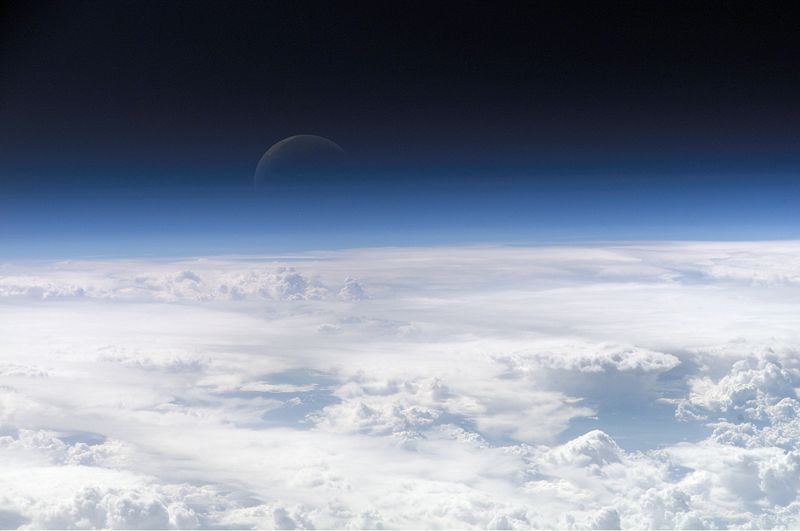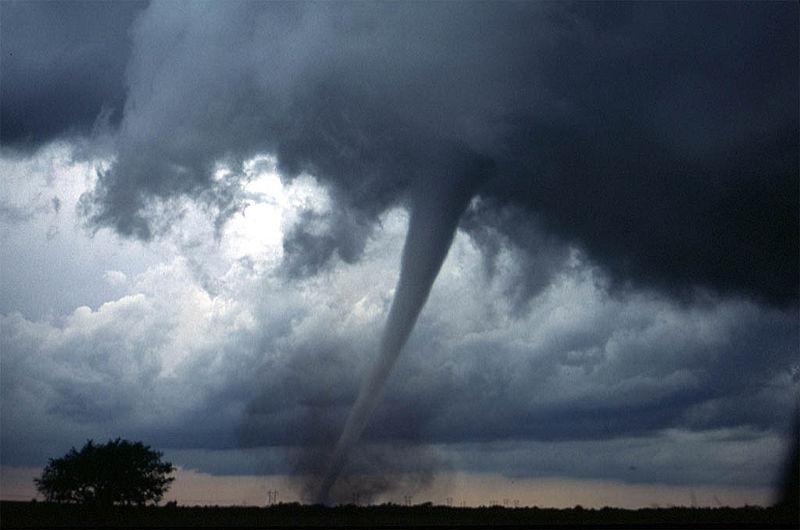Earth and the Environment

earth. Wikimedia Commons (Public Domain)

atmosphere. Wikimedia Commons (Public domain)

tornado. Wikimedia Commons (Public Domain)
Want to learn about earth and the environment? You’ll find it all here. From the most basic descriptions of atmosphere and weather, to in-depth studies of the oceans, metallurgy and the sciences, this category includes both broad and specific information on a variety of topics.
To start with, this category includes biographies and personal stories from some of the most treasured and noted scienti ... Read more
sts and scholars. We’re talking about more than just a few famous names. These biographies include Jacques Cousteau, Sir Henry Bessemer, and Sir George Everest. The category also covers ecology and environmentalism, so beyond just learning about the environment, you’ll see how people around the world are working to protect it. You’ll find this content and more throughout the category.
The earth and the environment category also includes detailed descriptions of terms and concepts so you can learn how dew is created, the difference between el niño or la niña, what a “horse latitude” is, and the names of all varieties of weather. And it’s more than just terms about weather. It also covers content about bauxite, alloys, quarrying, divining rods, the Fischer-Trompsch process, and the Mother Lode.
With pages of information about geology and mining, the category also includes what’s happening inside the earth – instead of just on it. We also include information about Oceanography and other subjects like paleontology, mineralogy, and crystallography.
These are just a few highlights from this category. Explore below and see the rest of the story of earth and the environment.



